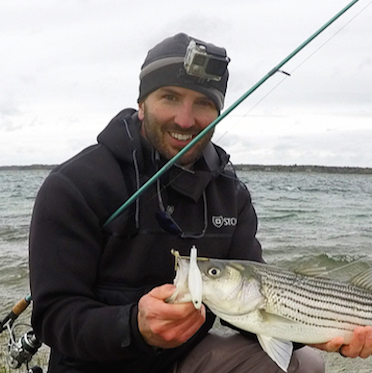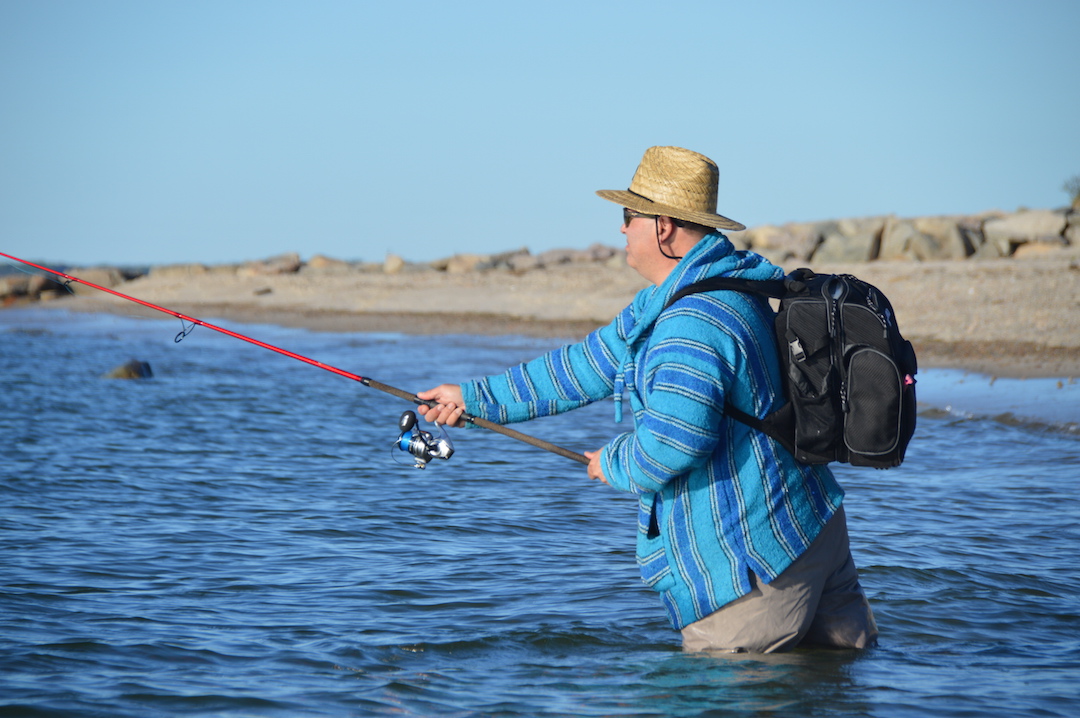
Wind knots are a common issue that frustrate all levels of anglers. A wind knot refers to a tangle in the fishing line that prevents someone from casting and retrieving effectively.
Wind knots generally occur anytime you have line twist where the line going through the rod's tip is slower than the line coming out of the spool.
On a day perfect for fishing, wind knots can take a long time to untangle and end up spoiling all the fun. Not to mention, you might end up cutting a lot of line, which can cause line wastage.
Recently inside the MFCC forum, several members of My Fishing Cape Cod posted their theories for what causes wind knots, as well as solutions for avoiding them.
The rest of this post summarizes the awesome tips and advice contributed by our members.
More...
There are various ways a wind knot can form, but here are 5 of the most common causes, along with their potential solutions. Nothing can get rid of wind knots 100%, but implementing these tips can certainly minimize their occurrence, so you can enjoy your day fishing without untangling your line continuously.
Casting straight into the wind is the main reason wind knots form-hence the name "wind knot". Casting into the wind causes your lure, and the line behind it, to swiftly lose its speed, while the line that peels off the spool is still accelerating. This can result in a "line collision" and subsequent backlash.
Whenever you are fishing on a windy day, make sure to position yourself whenever possible so the wind is blowing from directly behind you. This helps to dodge any unwarranted line tangles and increase casting distance with the least amount of effort.

MFCC member Daniel Winkler casting in Brewster during this memorable trip from 2017.
If casting with the wind at your back is not possible, then try casting low and close to the water's surface.
A widespread misconception among numerous beginner anglers is that they need to use extreme force when casting. By casting with a lot of force, the line near the reel goes faster than the line at the top of the rod, causing the line to overlap and become tangled due to the line speed's inconsistency.
Remember that casting is all about using proper technique, not applying extreme force to the rod.
Click here to continue reading.

